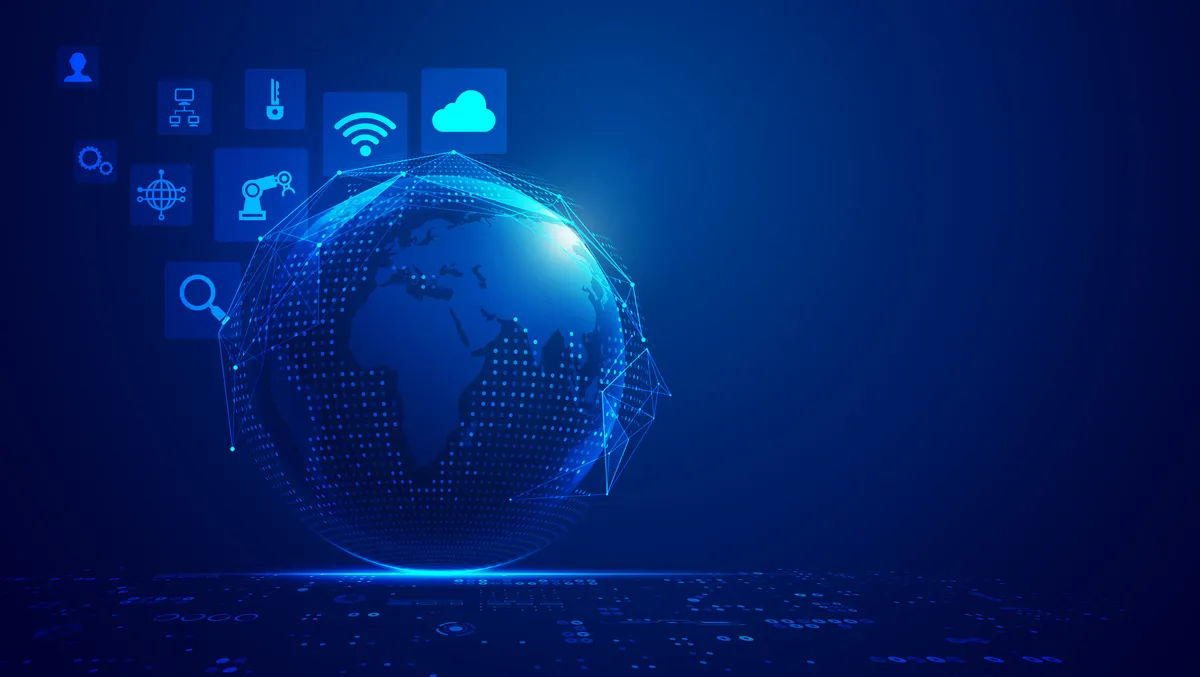
The next big digital disruptors in industry in 2023
Many organisations have taken the first steps on their journey towards digitalisation. Many have taken a number of steps, and as technology continues to advance, there are a number of major disruptors coming down the track.
These disruptors fall broadly into two categories. Firstly, the approach to digital transformation and realisation of business value.
Secondly, the underlying digital technology disruptors.
On the first category, there are six key areas of major shifts in the digital transformation space which are already disrupting, for the better, both process and manufacturing operations.
The value realisation of Industrial IoT and digital has drastically moved from technology and platforms to "Value Pillar applications".
The six major value pillars we see taking prominence are Sustainability, Process performance management, Asset performance management, Operational excellence, OT/IT Convergence security and Extended automation and Operational Transformation.
A major change already underway is deployment at scale – where pilots have matured to become programmes. Organisations are realising that digital solutions work best when deployed at scale either horizontally – as an example, implement energy optimisation across their units, or vertically – implement many of the value pillars such as sustainability, asset performance management, to a specific operational plant and then replicate.
Another is the realisation that benefits can be gained through the convergence of Industrial IoT and industrial AI, particularly in the context of the scaled deployment I mentioned.
ABB's customers need to bring the connected world, with AI and analytics together, for process and asset optimisations to the table. Where once these elements were seen by many in industry- as well as industry analysts- as two different categories, they are, quite rightly, inextricable from one another.
The deployment of digital twins' technology has become more value driven – digital twins are being used for processes, not just assets.
Operators are implementing process digital twins at scale - seeing value in this for optimising not just 3D models of machinery or instrumentation.
Greater adoption of hybrid cloud and edge computing is happening across industry – bringing the OT/IT integration closer to control systems and process automation technology.
Finally, the biggest current change in the mindset around digital transformation is, understandably, placing sustainability at the centre of operations.
The top priority of Digital has shifted from operational excellence to sustainability and asset performance management and plays a key role in supporting with energy management and optimisation; emissions monitoring and controlling this predictably; preserving natural resources – for example, having solutions to monitor and control water usage; and optimising processes so that you need less energy/water/resources.
So, what's next on the underlying digital technology disruptors?
The emergence of Edge AI – bringing more intelligence and Industrial AI to edge to achieve and close loop optimisation and autonomous operations will soon become a reality, not just predictions and recommendations to human interpretations.
Contextual Data Hubs - unlock the value of industrial data where more than 80% is not used for analytics today through contextual data hubs where the industrial domain context in the form of metadata is applied to the huge volume of IoT senior and operations data to achieve predictive and prescriptive analytics across the functions of process and the manufacturing sectors.
Moreover, we will soon enter virtual (VR) and augmented reality (AR) 2.0, where connected workers and technologies that enable this become a critical, not "nice to have" part of modern industrial operations.
Finally, 5G has the potential to radically disrupt the industrial IoT landscape for the better with speed, connectivity and the power of remote operations transformed.

